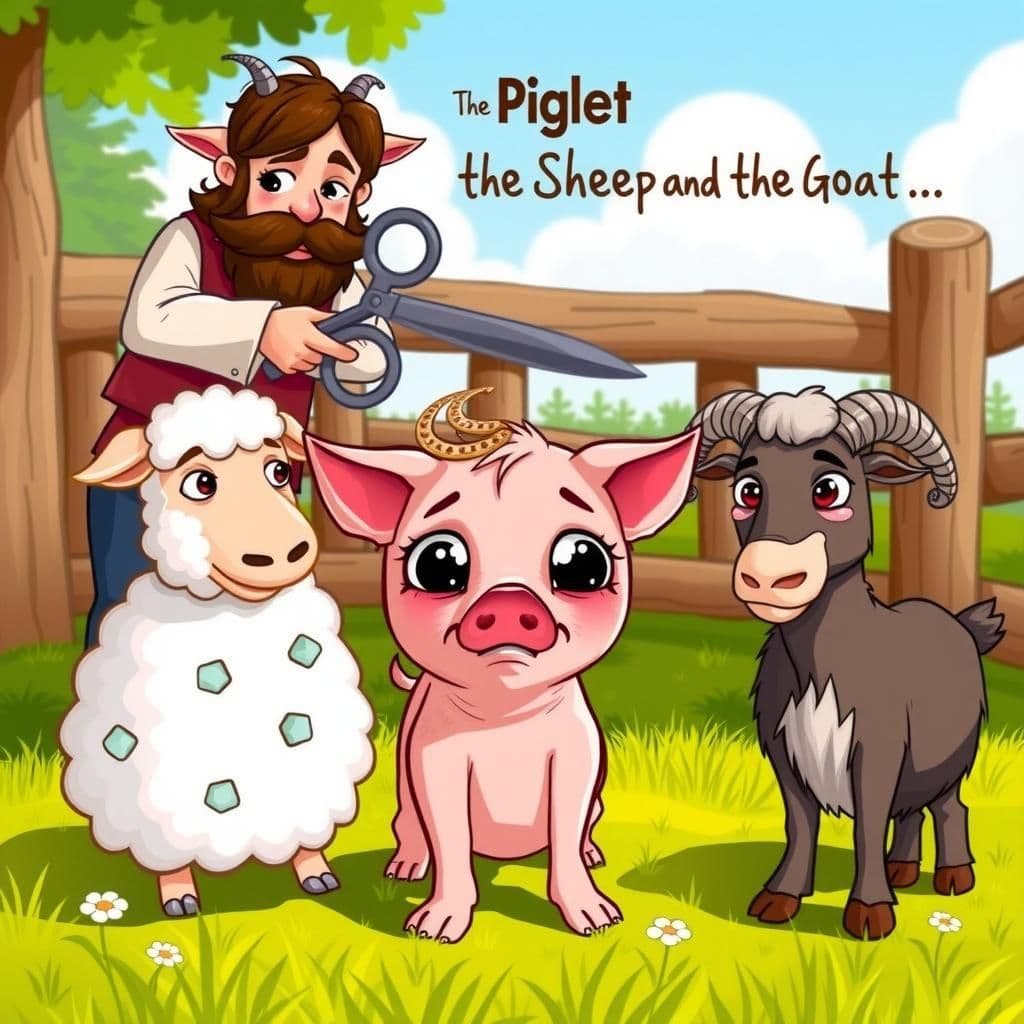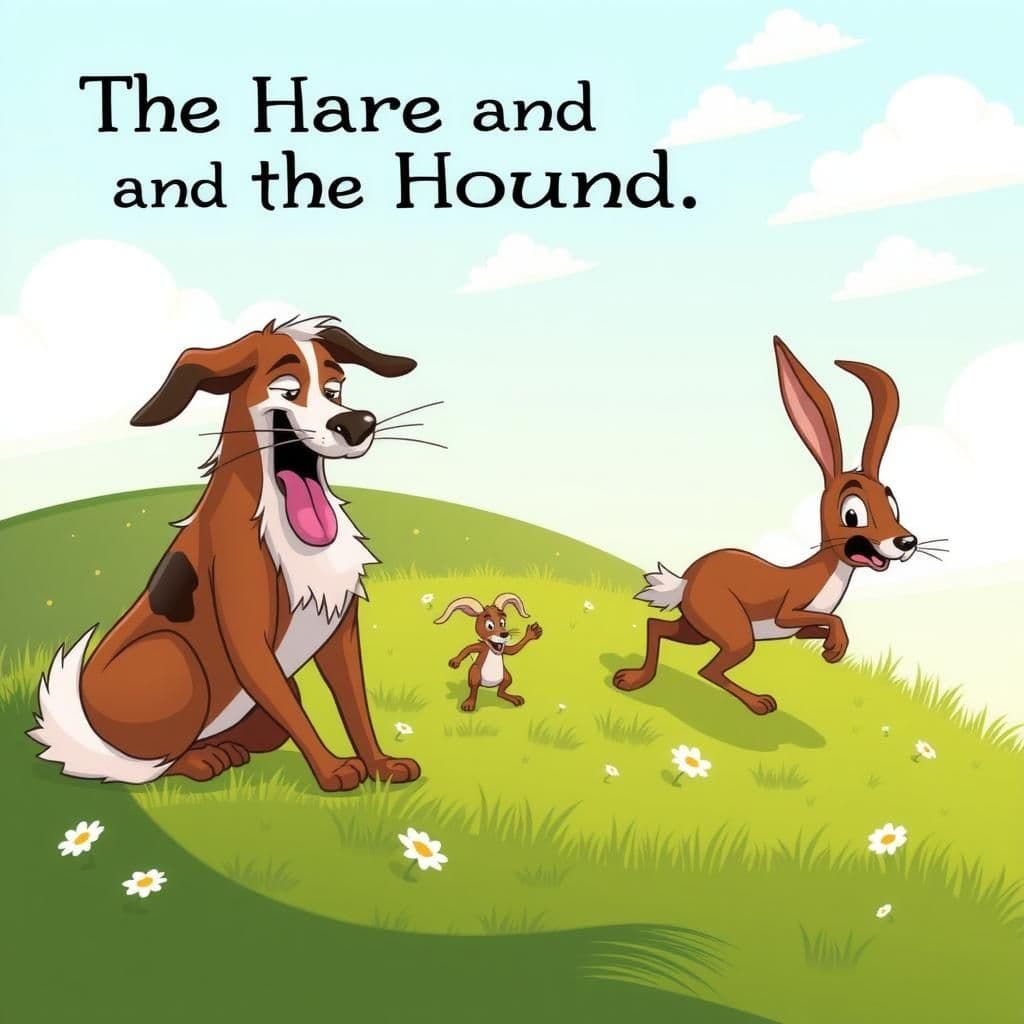The Hawk and the Nightingale

Story Summary
In the classic moral story "The Hawk and the Nightingale," a Hawk captures a Nightingale and dismisses his pleas for freedom, arguing that he would be foolish to forgo an easy meal for the uncertainty of pursuing larger prey. This short moral story illustrates the wisdom of valuing what is readily available rather than chasing after uncertain prospects. As with many small moral stories, it teaches a timeless lesson about the dangers of greed and the importance of appreciating the present.
Click to reveal the moral of the story
The moral of the story is that one should not overlook immediate opportunities for uncertain prospects.
Historical Context
This fable, attributed to Aesop, an ancient Greek storyteller, reflects themes of practicality and the harsh realities of survival in nature. It illustrates the moral lesson that one should not overlook immediate opportunities for uncertain prospects, a common motif in various cultures' folklore, where animals often embody human traits and dilemmas. This tale has been retold in numerous adaptations, emphasizing its timeless relevance in discussions about decision-making and the consequences of choices.
Our Editors Opinion
This fable illustrates the importance of seizing opportunities when they present themselves, rather than pursuing uncertain prospects. In modern life, this is reflected in career situations where individuals might hesitate to take a job offer that is available and promising because they are waiting for a potentially better opportunity that may never materialize. For instance, a recent graduate might turn down a solid entry-level position because they are hoping for an internship with a prestigious company that has not yet responded; in doing so, they risk missing out on valuable experience and growth.
You May Also Like

The Piglet the Sheep and the Goat
In "The Piglet the Sheep and the Goat," a young pig confined with a goat and a sheep reacts violently when the shepherd attempts to capture him, highlighting a crucial distinction in their fates. While the goat and sheep criticize his cries, he explains that they are only sheared for wool or milk, whereas he faces the threat of losing his life. This educational moral story imparts valuable lessons about understanding different experiences and the inherent value of life, making it a wisdom-packed tale within folklore and moral stories.

The Hare and the Hound
In the well-known moral story "The Hare and the Hound," a hound chases a hare but eventually gives up, prompting a goat-herd to mock him for losing the race. The hound explains that while he was only running for a dinner, the hare was running for his life, illustrating the difference in their motivations. This quick moral story serves as a classic example of fable stories with moral lessons, perfect for childhood stories with moral teachings.

The Fishermen
A group of fishermen, initially overjoyed by the weight of their nets, face disappointment when they find them filled with sand and stones instead of fish. An old man wisely reminds them that joy and sorrow are often intertwined, a theme common in classic moral stories, encouraging them to accept their plight as a natural consequence of their earlier excitement. This humorous tale serves as a motivational reminder that expectations can lead to both delight and disappointment, reflecting the balance of life.
Related Collections
Other names for this story
Hawk's Dilemma, Nightingale's Plea, The Hunter and the Songbird, A Soprano's Last Chance, Prey and Predator, The Oak's Lament, Flight of the Nightingale, The Hawk's Choice
Did You Know?
This fable illustrates the theme of practicality over idealism, highlighting the notion that immediate opportunities should not be sacrificed for uncertain future prospects, a lesson relevant in both nature and human decision-making.
Subscribe to Daily Stories
Get a new moral story in your inbox every day.